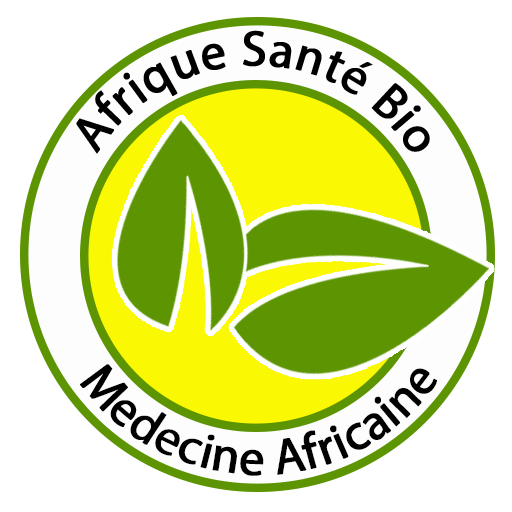Gastric ulcer: Natural treatment
- On 13/11/2025
Definition: what is an ulcer?
Generally speaking, an ulcer refers to a wound on the skin, on a blood vessel, or on the mucous membranes (stomach, duodenum) that has not healed for a month or more.
A gastric ulcer or stomach ulcer refers to a lesion on the inner lining of the stomach (or the inner lining of the duodenum if it is a duodenal ulcer). The inner lining of the stomach is composed of two types of cells:
- those responsible for the secretion of gastric juice, an essential element for food digestion;
- those in charge of protecting the lining of the stomach and duodenum against the acidity of gastric juice: the cells that secrete bicarbonate and mucus.
These two types of cells must maintain a certain balance so that the functioning of the stomach is not disrupted. If this balance is disrupted, the mucosa is attacked by the acidity of the gastric juice and becomes damaged. It eventually gets destroyed, that's the ulcer. There is then a loss of tissue until it reaches the outer muscular wall of the stomach.
What are the causes of a gastric ulcer?
We distinguish two main causes for the occurrence of a gastric ulcer, as well as a more exceptional cause:
- the presence of a bacterium, Helicobacter pylori: the presence of this bacterium is confirmed in 95% of cases of duodenal ulcer and in 85% of cases of gastric ulcer. It is a bacterium very often contracted at a young age and whose presence generates asymptomatic gastritis in the early years. However, while it promotes gastric ulcers, infection with the Helicobacter pylori bacterium does not systematically lead to ulcers;
- the intake of non-steroidal anti-inflammatory drugs (NSAIDs) and aspirin: whether the person has taken these treatments for a short or long duration, the risk of gastric ulcer exists. The explanation is simple: NSAIDs prevent the secretion of an enzyme (cyclooxygenases 1 and 2). However, this enzyme is responsible for stimulating the production of mucus intended to protect the stomach lining from the acidity of gastric juice. The stomach lining is therefore vulnerable and is destroyed upon contact with gastric acidity;
- a tumor: very rare, gastrinoma-type tumors of the pancreas lead to an increased secretion of gastrin, a hormone that stimulates the production of gastric acid.
Main causes
Infection by the Helicobacter pylori bacterium
- Present in the gastric mucosa, it weakens the stomach's protection against acid.
Prolonged use of non-steroidal anti-inflammatory drugs (NSAIDs)
- Like ibuprofen, aspirin, or diclofenac, which irritate the gastric mucosa.
Excess of gastric acidity
- Often linked to stress, poor diet, or hormonal imbalances.
Excessive consumption of alcohol, coffee, tobacco, or irritating foods
- These substances increase acid production or weaken the mucosa.
Hereditary factors
- Some people have a genetic predisposition to gastric ulcers.
What are the risk factors for a gastric ulcer?
A widespread idea is that stress is a risk factor for gastric ulcers. However, scientific studies have shown that there is no link between psychological state and gastric ulcer, says the SNFGE. On the other hand, other risk factors for gastric ulcers have been highlighted, including tobacco. Although the role of tobacco is less likely to cause a gastric ulcer or a duodenal ulcer, it can slow down the healing of the latter once it has developed (slowing down the wound healing). The consumption of stimulants (coffee, tea, alcohol...) and spicy foods increases the risk of ulcers because it damages the intestinal lining. Finally, genetic factors, particularly related to the fragility of gastric cells, can promote gastric ulcers, as can certain comorbidities (cirrhosis, Crohn's disease...).
Typical symptoms
Stomach pain (burning or cramping)
- Burning or tingling sensation in the pit of the stomach, often after meals.
- The pain can last from a few minutes to several hours.
- Sometimes temporarily relieved by eating food or taking antacids.
Nausea or vomiting
- Often related to mucosal irritation.
- Vomiting may contain blood (red or blackish appearance).
Loss of appetite and weight loss
- The pain after meals often leads to eating less.
Bloating and belching
- Feeling of a bloated stomach, especially after eating.
Slow digestion (dyspepsia)
- Feeling of heaviness or discomfort in the upper part of the abdomen.
Black and tarry stools (melena)
- Sign of digestive bleeding, medical emergency.
Fatigue or weakness
- Due to anemia if the ulcer bleeds slowly over time.
Tisane 289 : Helicobacter Traitement Naturel Helicobacter Pylori
Présentation Plantes Soigner Helicobacter Pylori sans Récidive
Plantes Soigner Helicobacter Pylori sans récidive. Le principal symptôme en lien avec la présence de bactérie Hélicobacter est la gastrite.
Poudre en sachet ou en pot de 50g
Composition de la tisane Plantes Soigner Helicobacter Pylori sans récidive
Extraits de 9 végétaux antiviraux, antioxydants, dépuratifs et diurétiques: Phyllantus amarus, cassia occidentalis, lannea, desmodium, nauclea, etc
Principes actifs
Tanins antiviraux, dépuratifs, antioxydant, etc
Indications: Colite ulcéreuse, colique ulcère, infection à Hélicobactère Pylori, ulcère gastro-duodénale , plaie dans le colon, ulcération du colon, rectocolite hémorragique
Prix : 50 €
